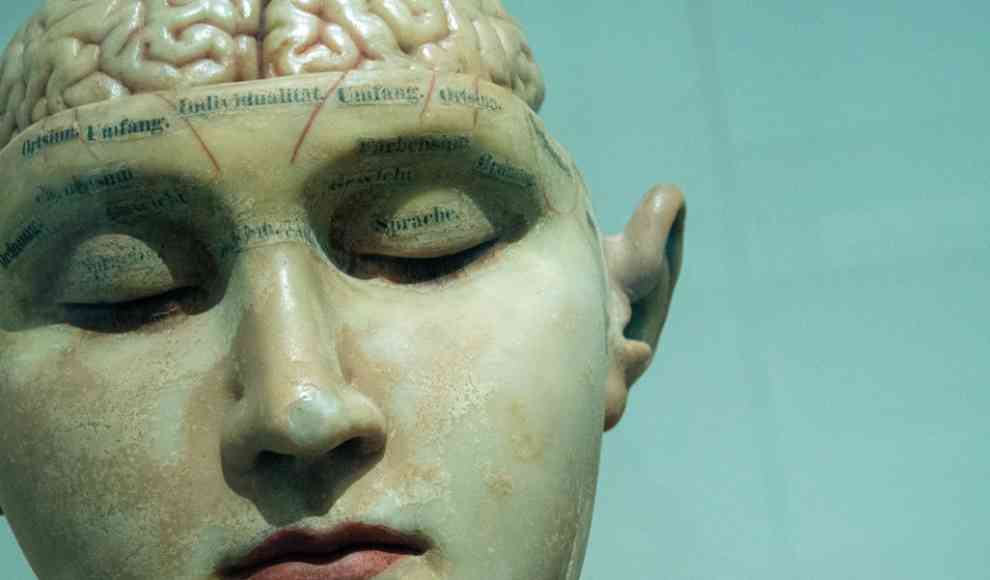A recent study published in the journal Brain Structure and Function has found that deactivating certain regions of the brain through transcranial direct current stimulation (tDCS) can increase a person’s creativity. The study was conducted by a team of researchers from Jacobs University Bremen, who observed the brain activity of participants as they attempted to find multiple solutions to a given problem. The researchers found that deactivating certain regions of the brain while activating others led to increased creativity in the participants.
According to Radwa Khalil, the lead author of the study, creativity was evaluated based on the number and uniqueness of solutions found by the participants. The researchers also examined whether deactivating certain regions of the brain had an impact on inhibitory control, which is the ability to control thoughts and reactions. Ahmed Karim, a co-author of the study, explained that the study showed for the first time that creativity is linked to impulse control.
The researchers hope that their findings will lead to a better understanding of the neurobiological processes involved in creativity, which could be used to develop targeted training methods to enhance creativity. The study also sheds light on the complex nature of creativity, which cannot be attributed to a single region of the brain.
Overall, the study provides valuable insights into the relationship between brain activity and creativity, and could have important implications for the development of new approaches to enhance creativity in individuals.










